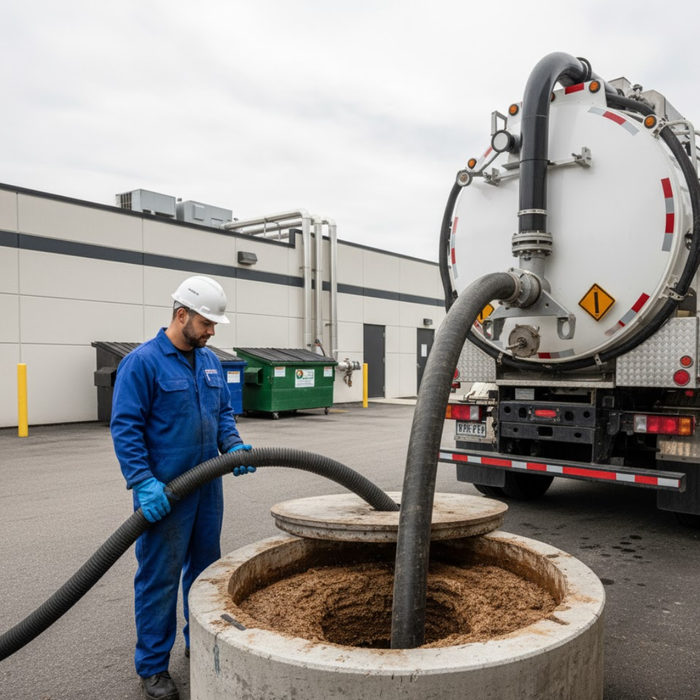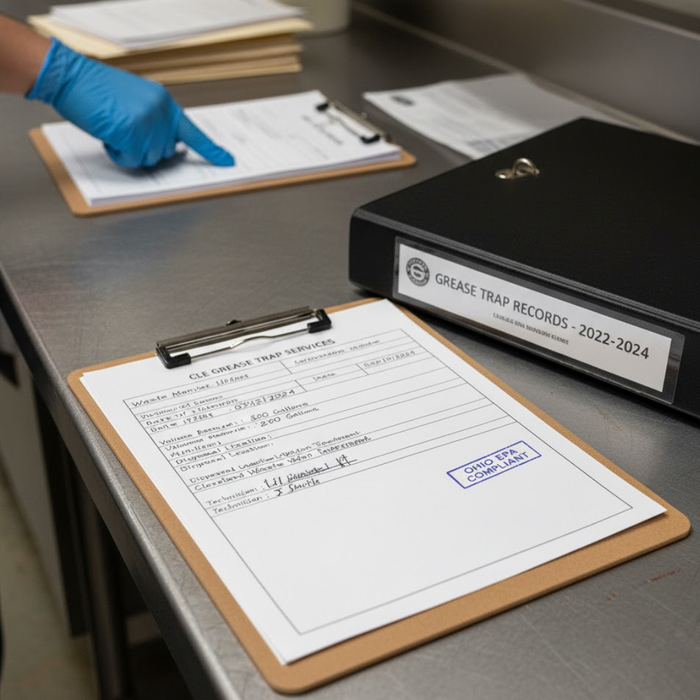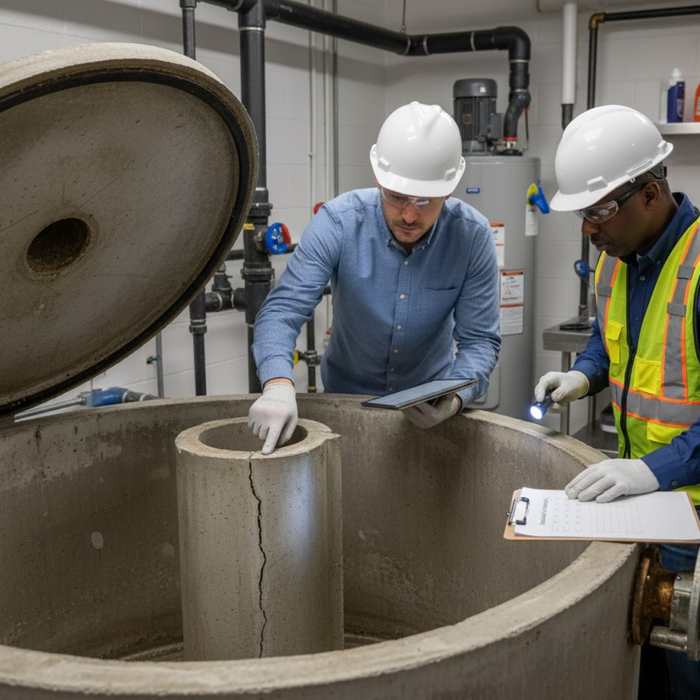A grease interceptor is the unsung hero of your commercial plumbing system, essential for keeping your lines clear and your business compliant. Understanding the proactive steps and partnering with reliable grease trap companies like Ameri-Clean Environmental Services in Cleveland, Ohio, is the foundation of successful, long-term operation. Learn more!
Your Maintenance Checklist for Long-Term Grease Trap Compliance
Your Maintenance Checklist for Long-Term Grease Trap Compliance

The "Wipe First" Rule and Staff Training
The single most effective maintenance step happens before the water is turned on. Train all kitchen staff to scrape and dry-wipe pots, pans, and dishes into the trash before washing. This significantly reduces the FOG and solid food waste entering the trap. Implementing this Best Management Practice (BMP) minimizes sludge buildup, reduces odors, and extends the time needed between professional grease trap cleaning appointments.

Scheduled Pumping vs. Crisis Management
Do not wait for slow drains or foul odors to call for grease trap services. Effective maintenance relies on a consistent, scheduled pumping plan, typically every 30 to 90 days, depending on usage and trap size. Grease trap companies use specialized vacuum trucks to remove all FOG and settled solids. Relying on emulsifiers or chemical degreasers is strictly prohibited, as they only push the problem downstream, causing blockages in the city sewer lines.

Meticulous Documentation and Record Keeping
Compliance hinges on proof. After every cleaning, a detailed waste manifest is generated by your grease trap services provider. This document must show the date, the volume of waste removed, and the final disposal location. Regulators in Cleveland, Ohio, often require these records to be kept for three years or more.

Proper Sizing and Annual Inspection
A trap that is too small for your kitchen's water flow will fail quickly. While an initial inspection is done during installation, your trap should be annually inspected for physical integrity. Look for signs of corrosion, cracked baffles, or gasket failure, as these issues allow grease to bypass the system.
Effective grease trap management is a continuous cycle of prevention, professional cleaning, and strict adherence to documentation standards. Contact Ameri-Clean Environmental Services today.
